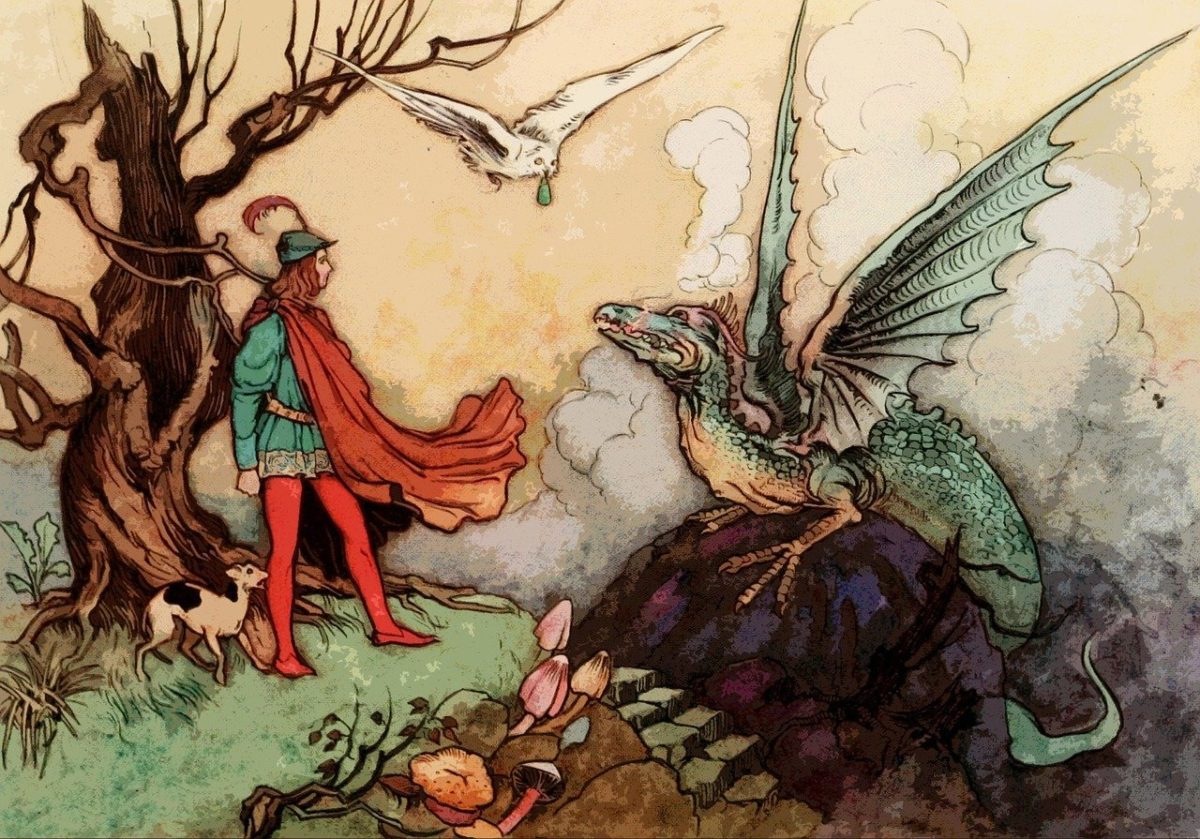Every tale, whether whispered around a campfire or projected on the silver screen, thrives on its underlying rhythm. This rhythm, composed of pivotal moments and turning points, is what we call ‘story beats’. These beats are the silent architects behind every compelling narrative, guiding the story’s flow and ensuring it resonates with its audience.
1. Understanding Story Beats
Have you ever wondered what makes a story move smoothly, like a song with a good rhythm? Think of beats like the big moments or steps in a dance. They help guide where the story goes and make sure it doesn’t get boring or confusing.
Story beats are like the checkpoints in a video game or the big events in a year. They’re the parts of the story that make you excited, worried, or curious about what will happen next. Just like how in a song, the beats help you know when to dance or clap, story beats help the story keep a good pace.
And the best part? These beats help the reader connect with the story. They make readers feel things, like happiness, sadness, or excitement. By using them, writers make sure that readers are always interested and want to know what happens next. It’s like making sure there’s always a good part coming up in your favorite song.
2. The Role of Story Beats in Different Mediums
Different mediums, though diverse in presentation, all rely on beats to shape their narratives:
- Books: Consider “Harry Potter and the Sorcerer’s Stone”. The pacing is meticulous, with beats like Harry’s letter from Hogwarts or his first encounter with Voldemort leading to significant plot advancements.
- Movies: In “Star Wars: A New Hope”, story beats are evident in Luke’s discovery of Leia’s message, his training with Obi-Wan, and the climactic Death Star battle.
- Comic Books: Even in the colorful panels of a “Spider-Man” issue, story beats play a crucial role. They dictate the tension, the challenges, and the resolutions Spider-Man faces, often culminating in cliffhangers that ensure readers return for the next issue.
3. Types of Beats
Every story, regardless of its genre or medium, contains certain universal beats:
- Opening Image: This sets the story’s tone. Think of the peaceful and serene Shire in “The Lord of the Rings”, a stark contrast to the adventures that would follow.
- Catalyst: An event that propels the story into motion. Like the holographic message from Princess Leia in “Star Wars”, beckoning Luke to a larger world.
- Midpoint: A reflective pause or a game-changing twist. The revelation of Harvey Dent’s transformation into Two-Face in the “Batman” comics adds layers of complexity to the narrative.
- Climax: The story’s crescendo. The final, epic battle in “The Avengers” where everything is at stake.
- Resolution: The aftermath, the closing note. Like the heartwarming reunion at the end of “Finding Nemo”, bringing closure to the adventure.
These are just a few examples of the many types of beats you can use when writing compelling narratives.
4. Crafting Emotional Impact with Beats
Story beats are more than just structural markers; they’re emotional high points. They dictate the story’s pace and rhythm, ensuring maximum emotional impact. The gradual tension in “Jaws”, for instance, builds up to the shark’s dramatic reveal, a beat that leaves audiences on the edge of their seats.
5. Tips for Budding Writers on Using Story Beats
For those with stories burning to be told:
- Begin by sketching out your story’s major beats. This gives you a roadmap to navigate your narrative. (And while you’re at it, check out my post on the power of outlining.)
- Envision the emotional rollercoaster you want your readers to embark on.
- Be flexible. Adjust your beats based on feedback and introspection.
- And always practice. Dissect your favorite tales, pinpoint their beats, and understand what makes them tick.
- Check out other resources, like this post from ScreenCraft, or this one from StudioBinder.
Story beats are the unsung heroes of narrative crafting. They’re the framework, the spine, the essence. For all aspiring storytellers, understanding and mastering them is the key to crafting tales that not only entertain but also linger, echoing in the hearts of readers long after the last page is turned. Harness their power, and let your stories soar.
